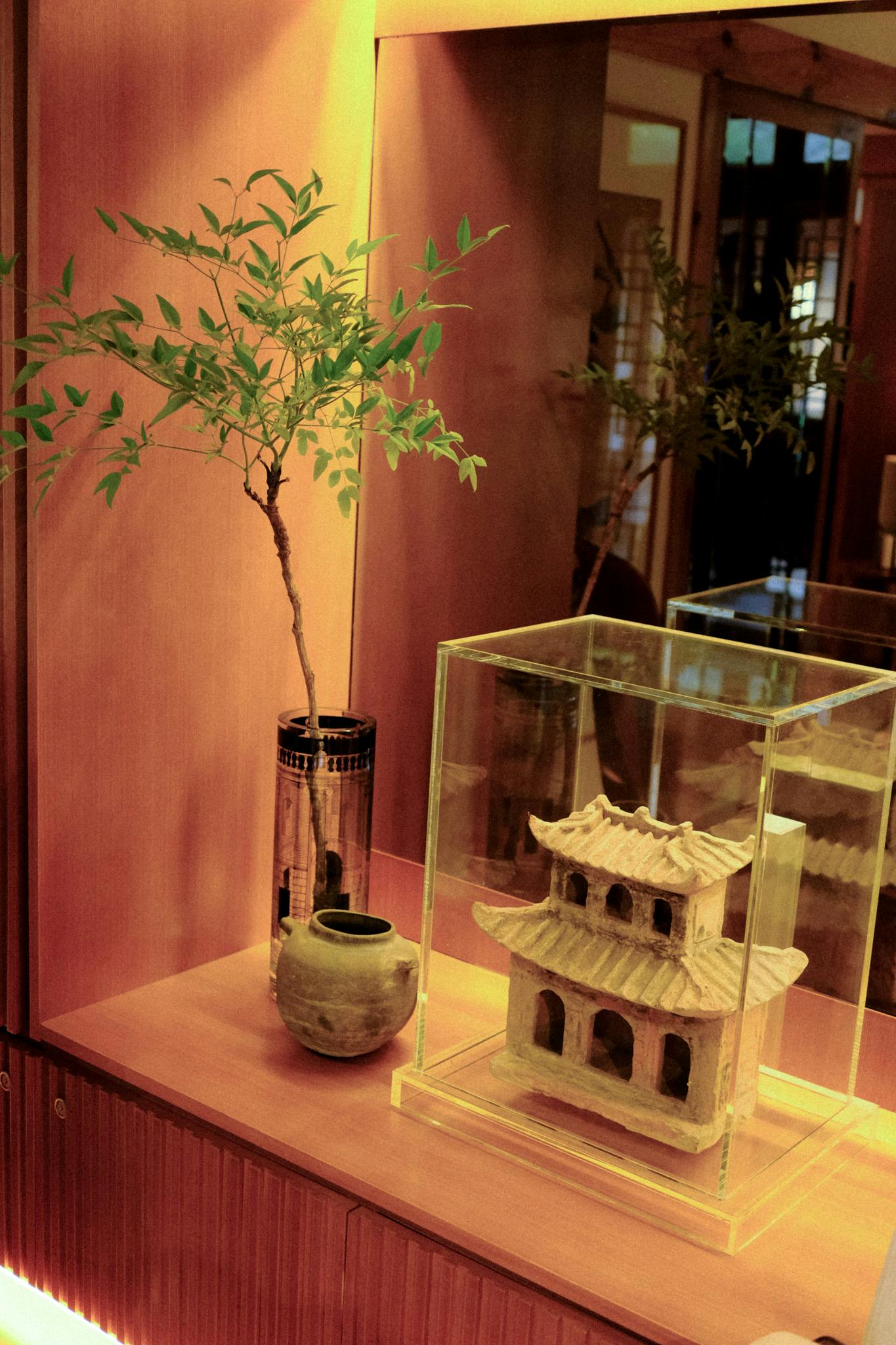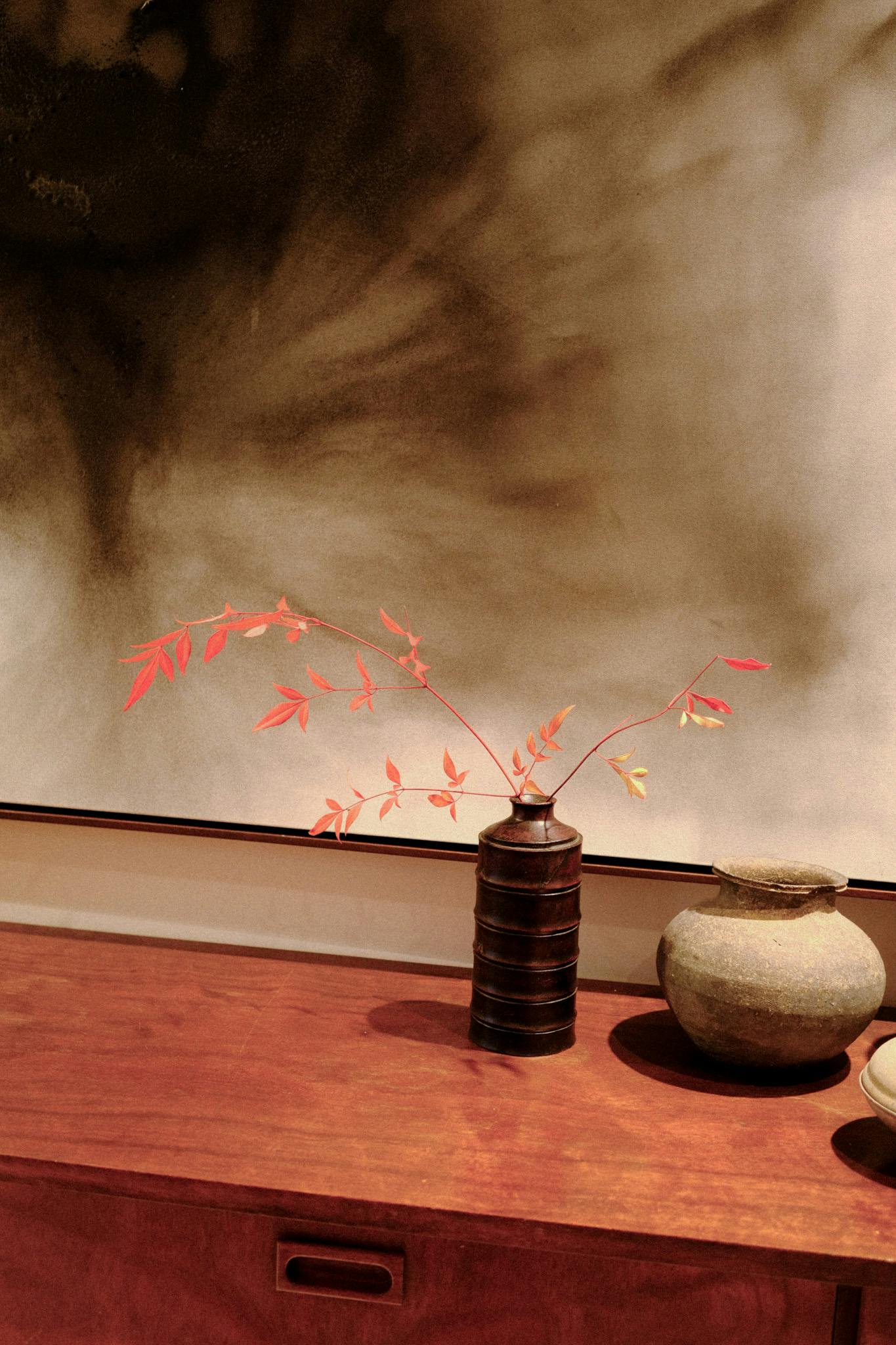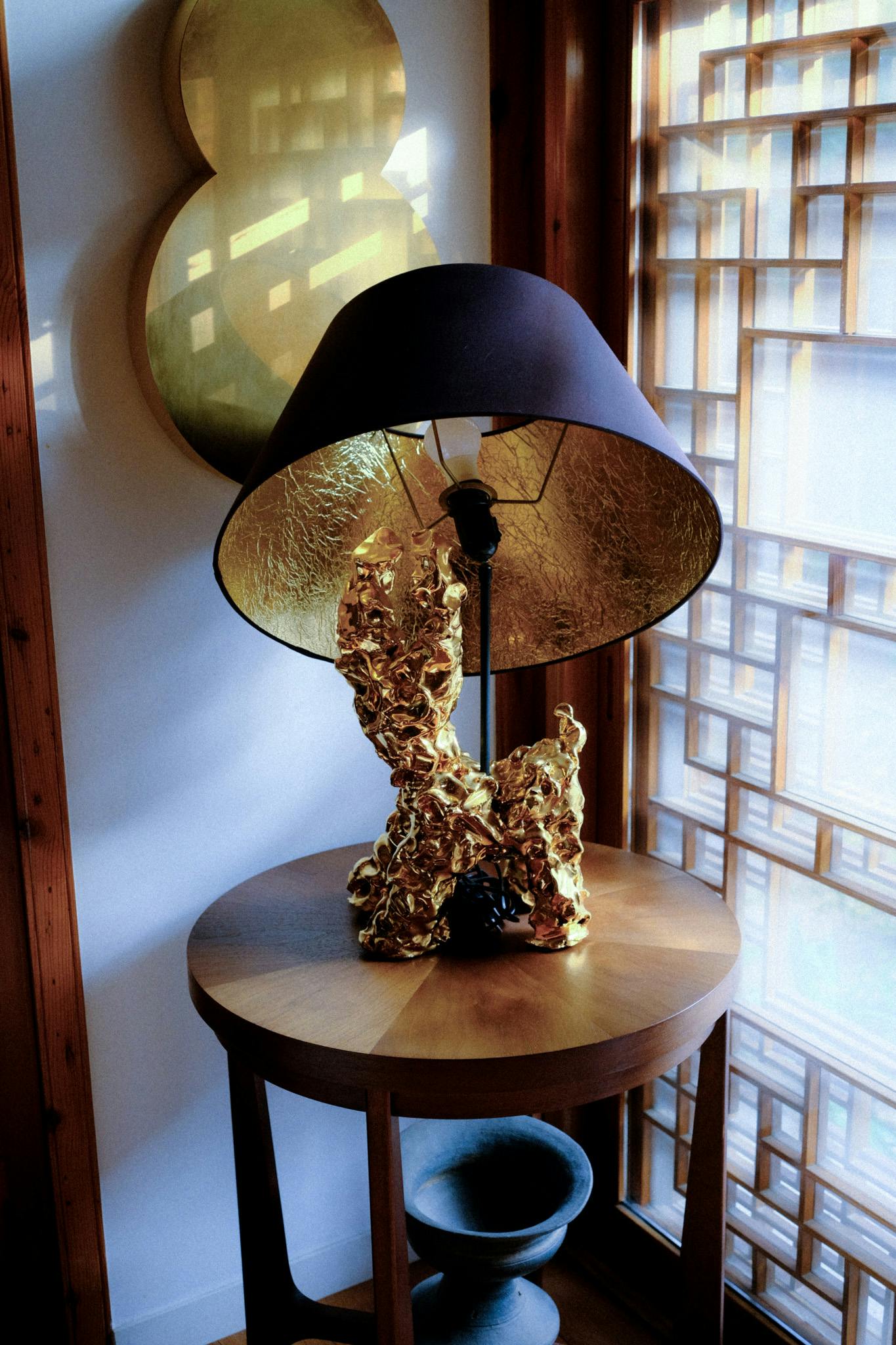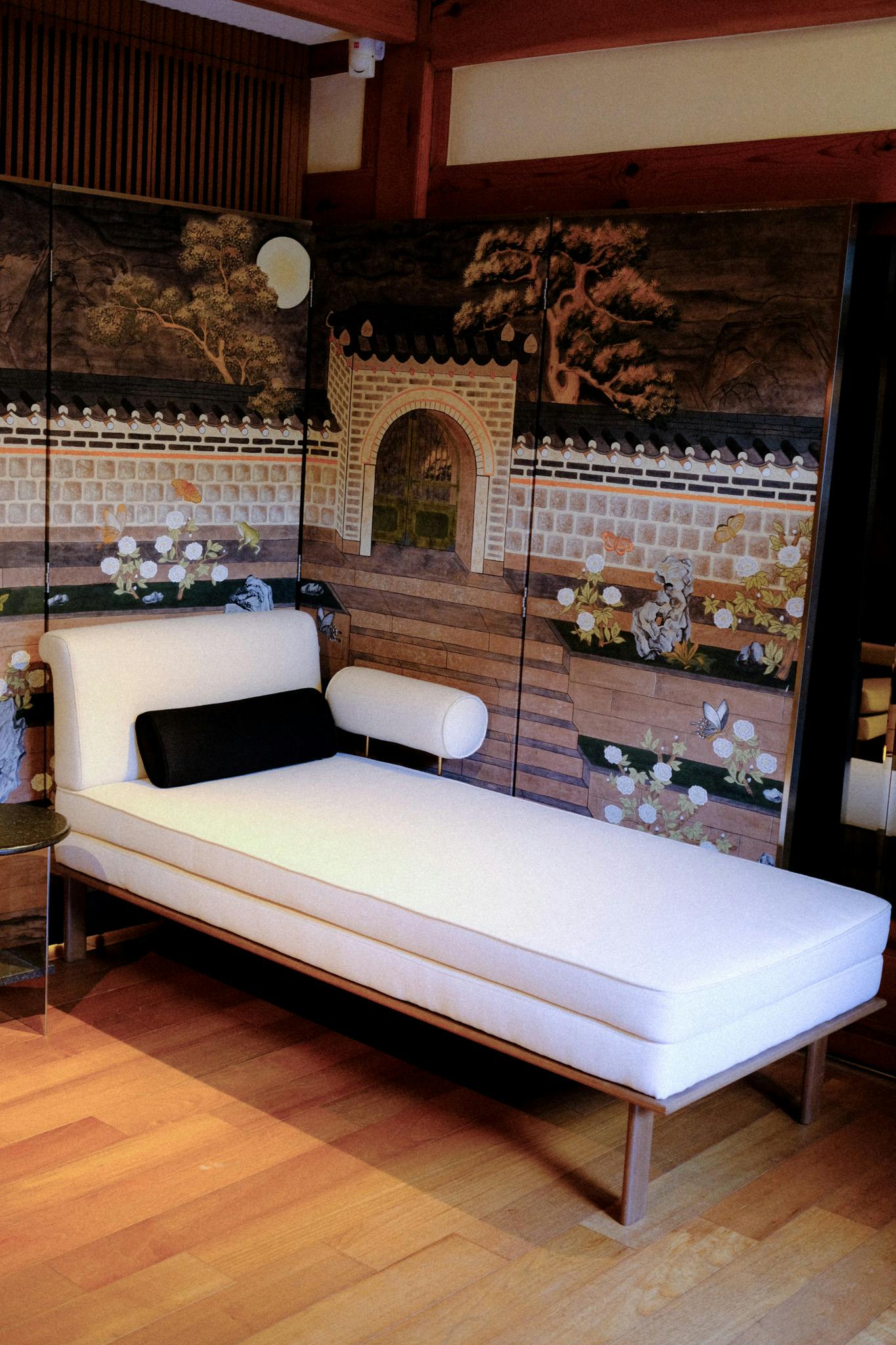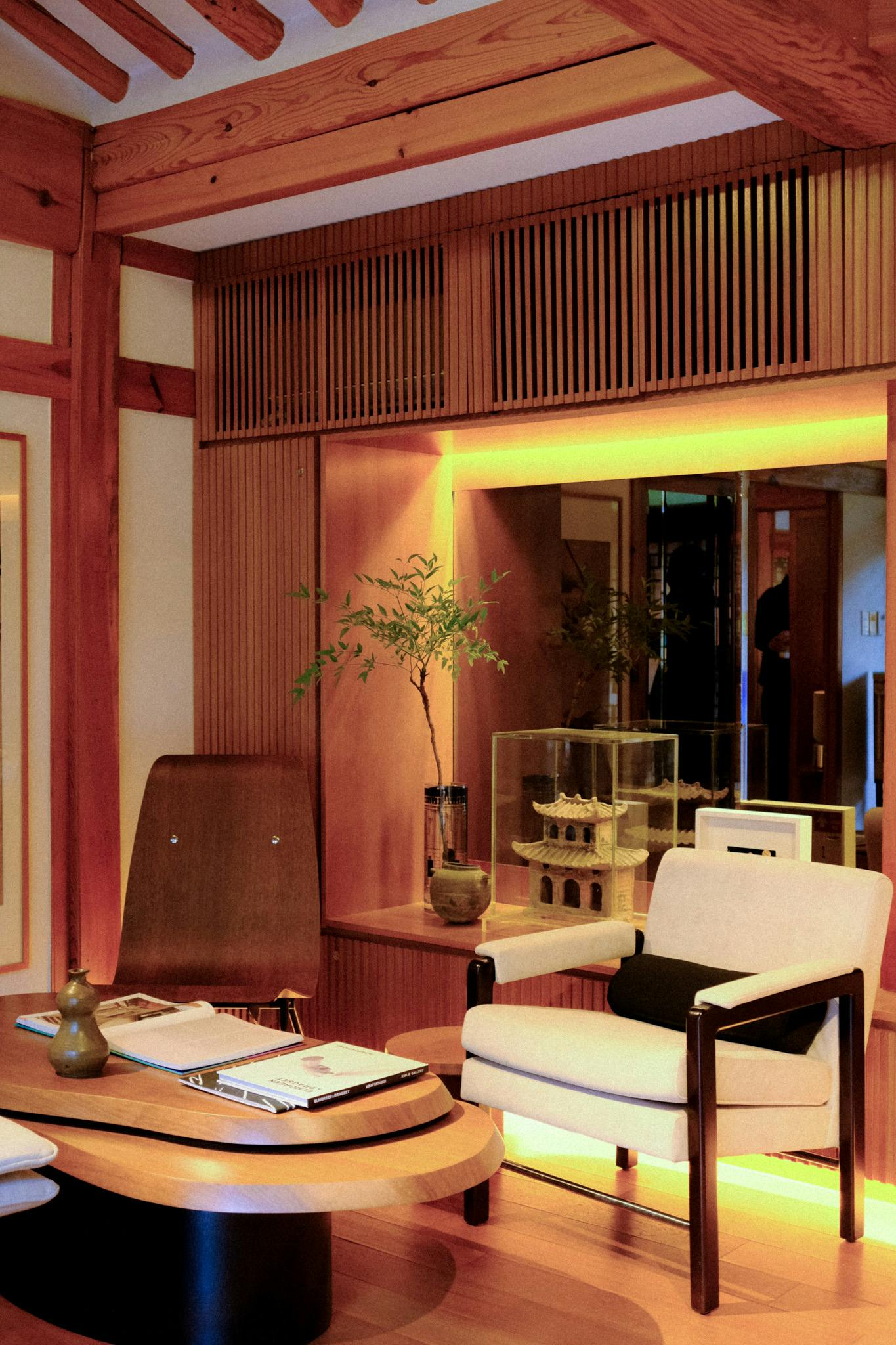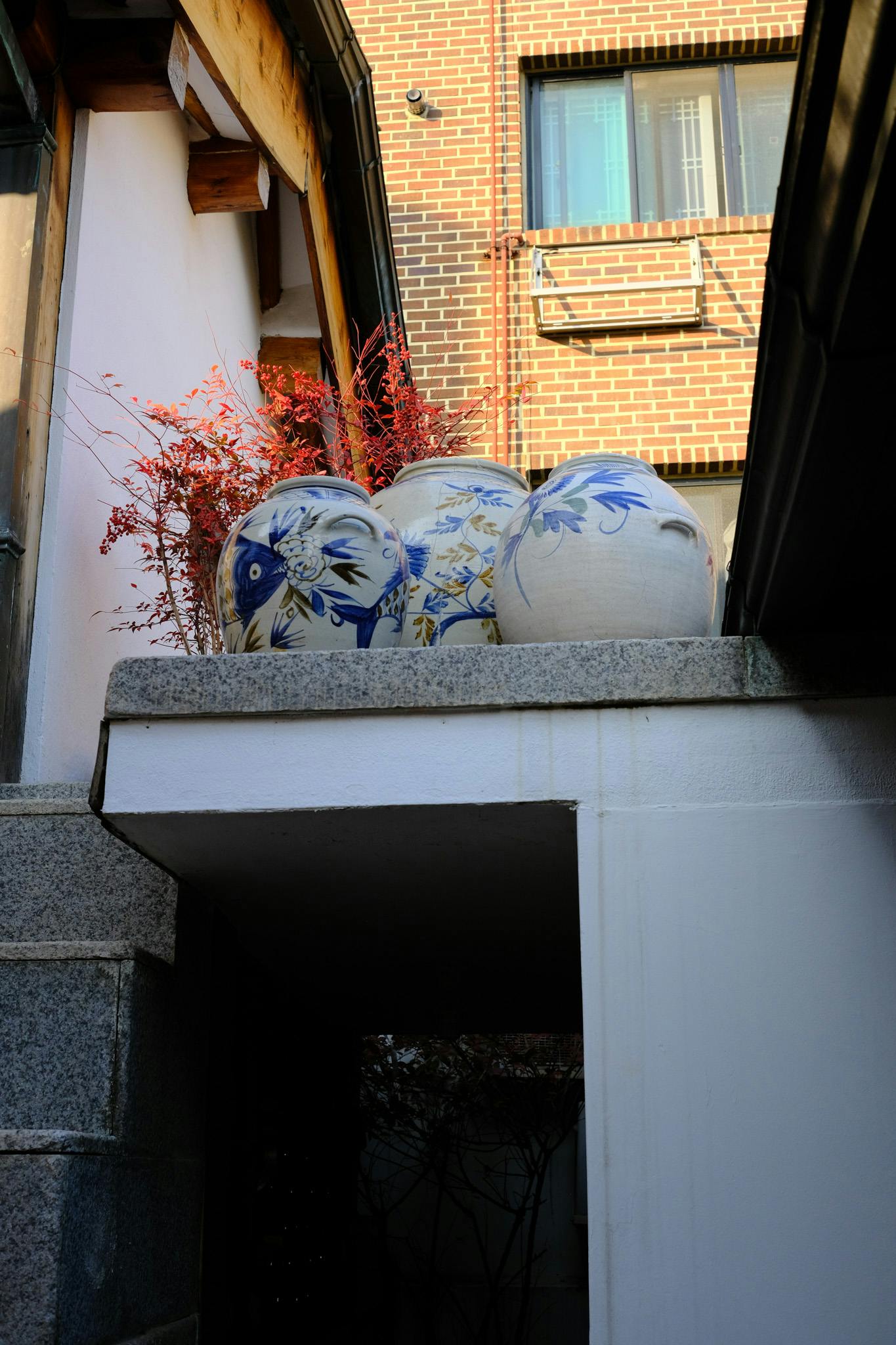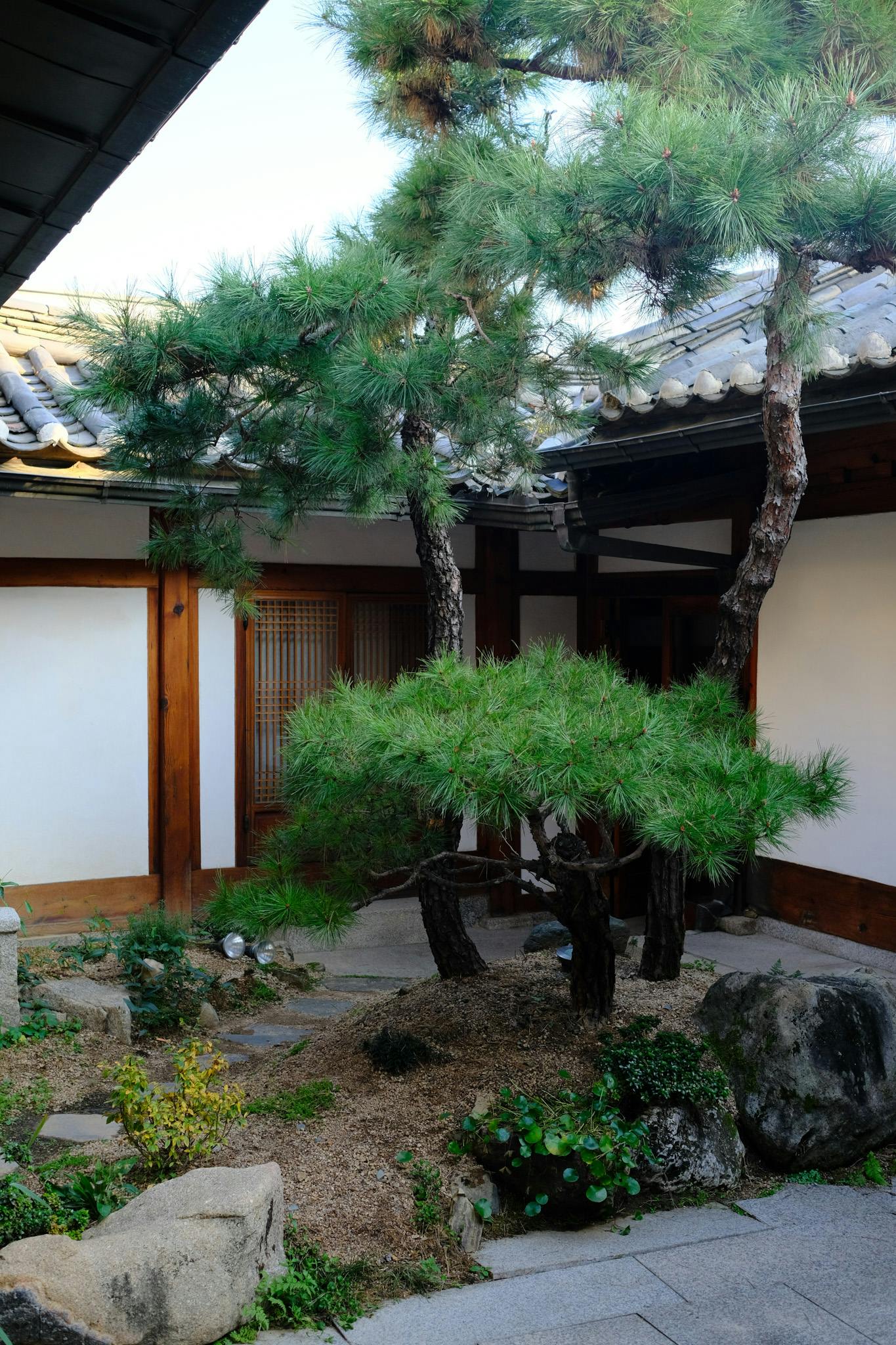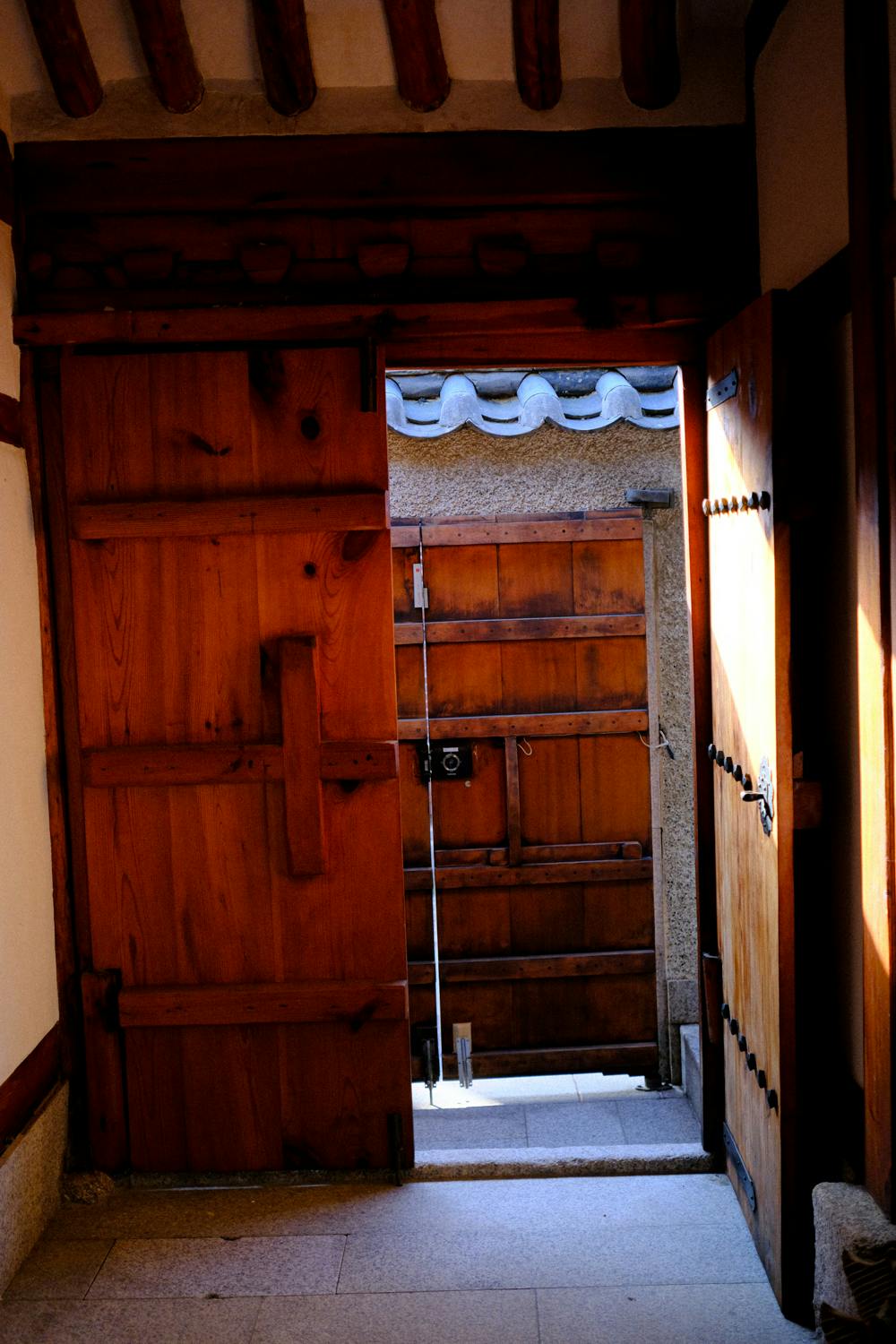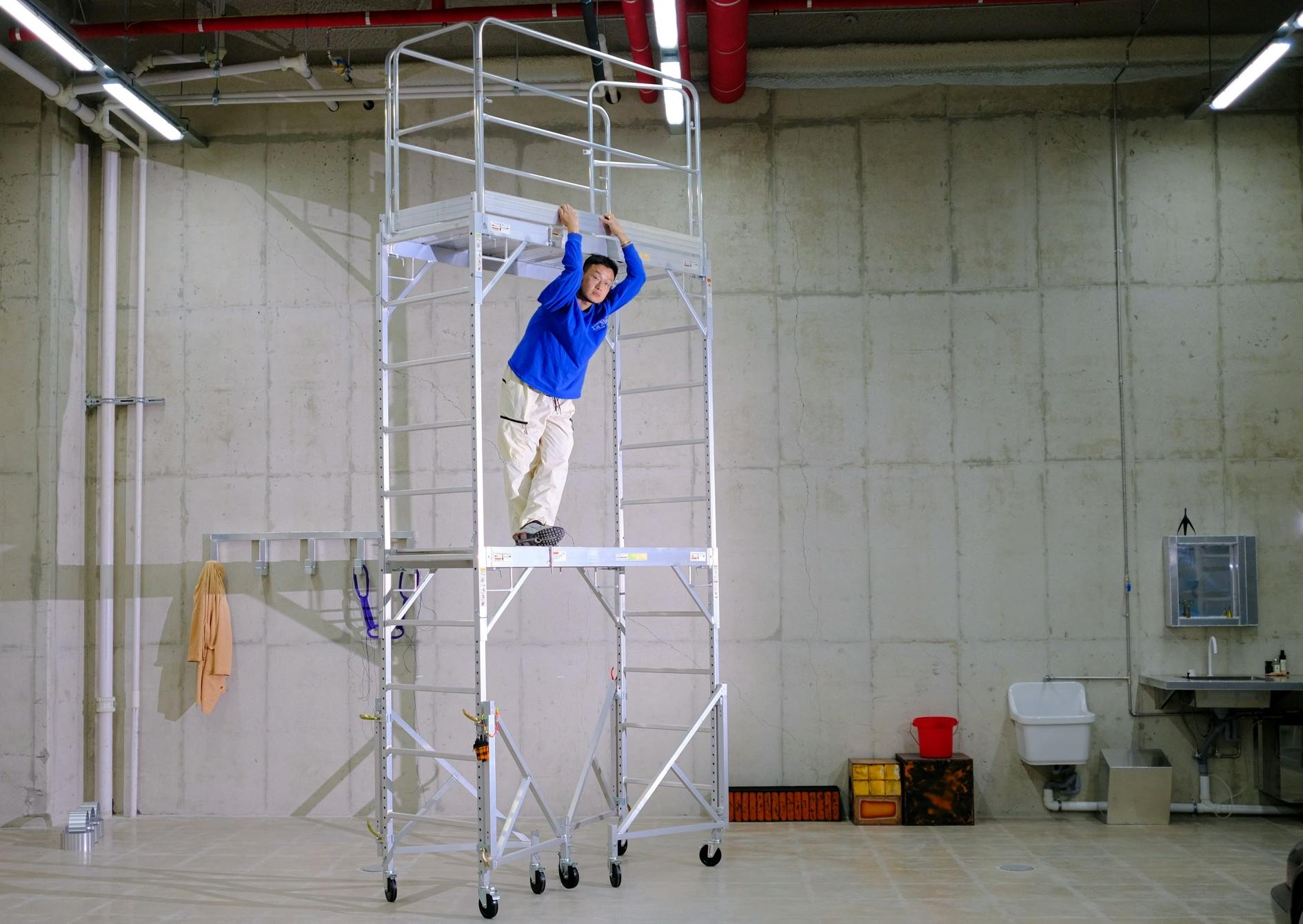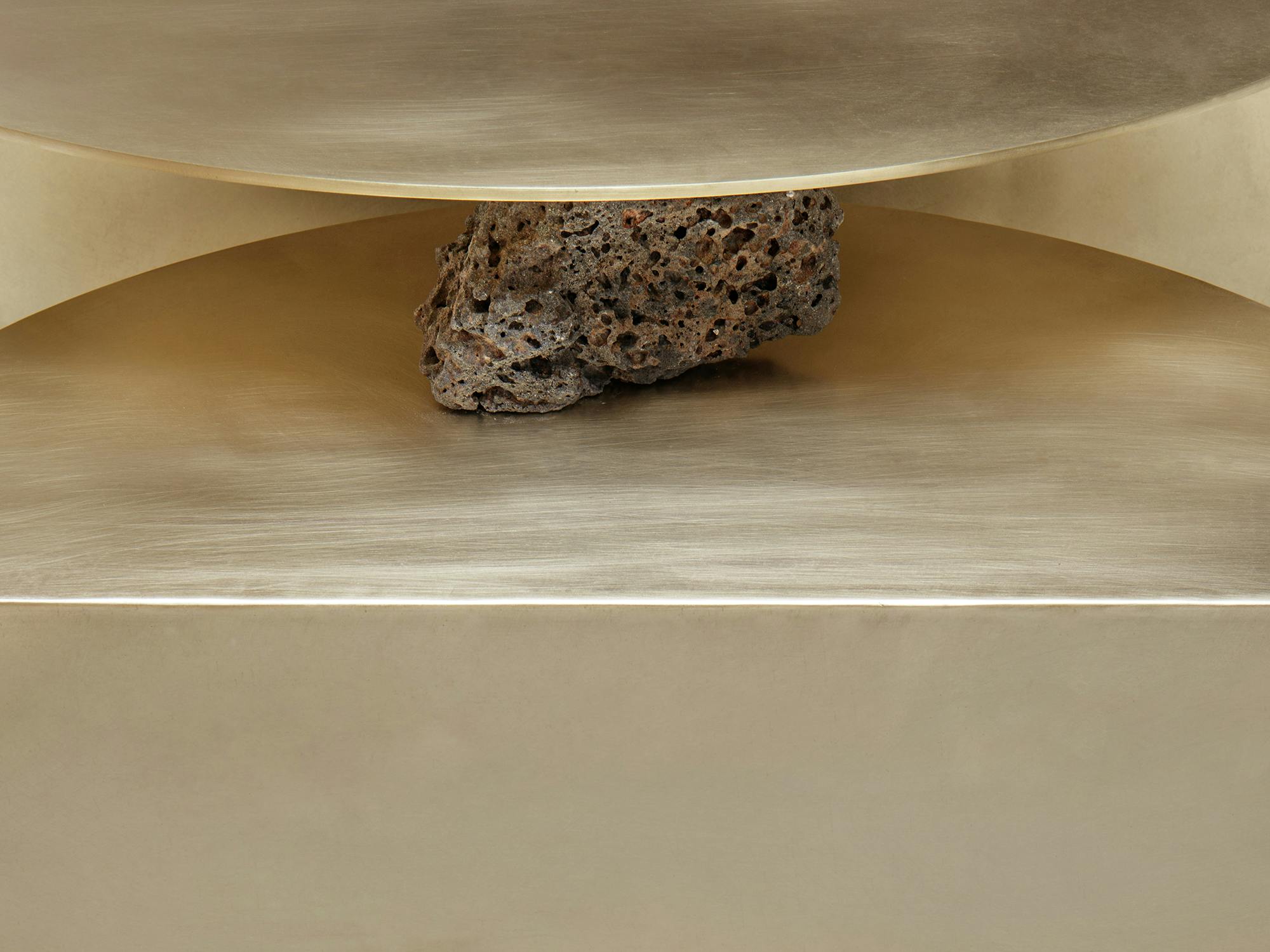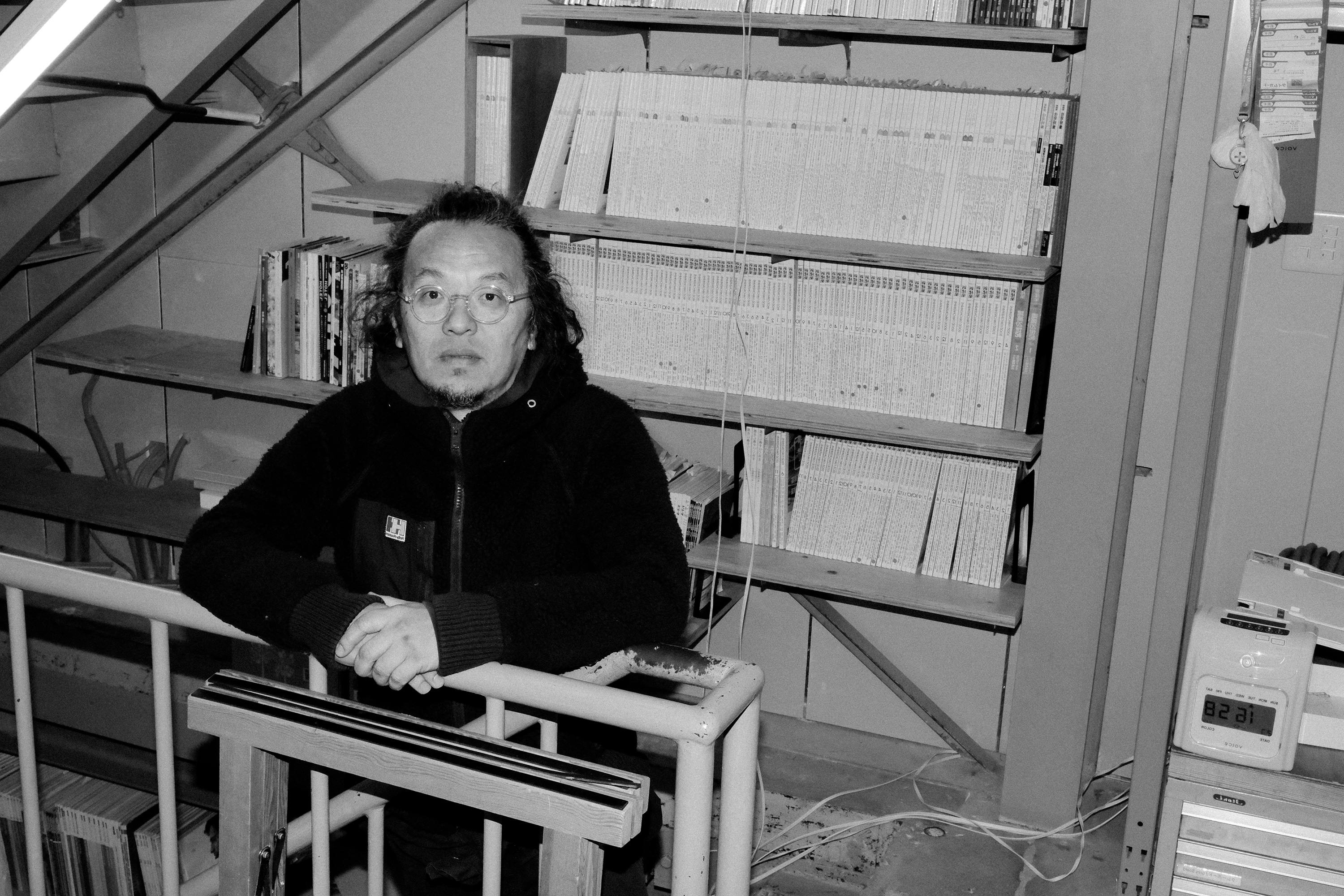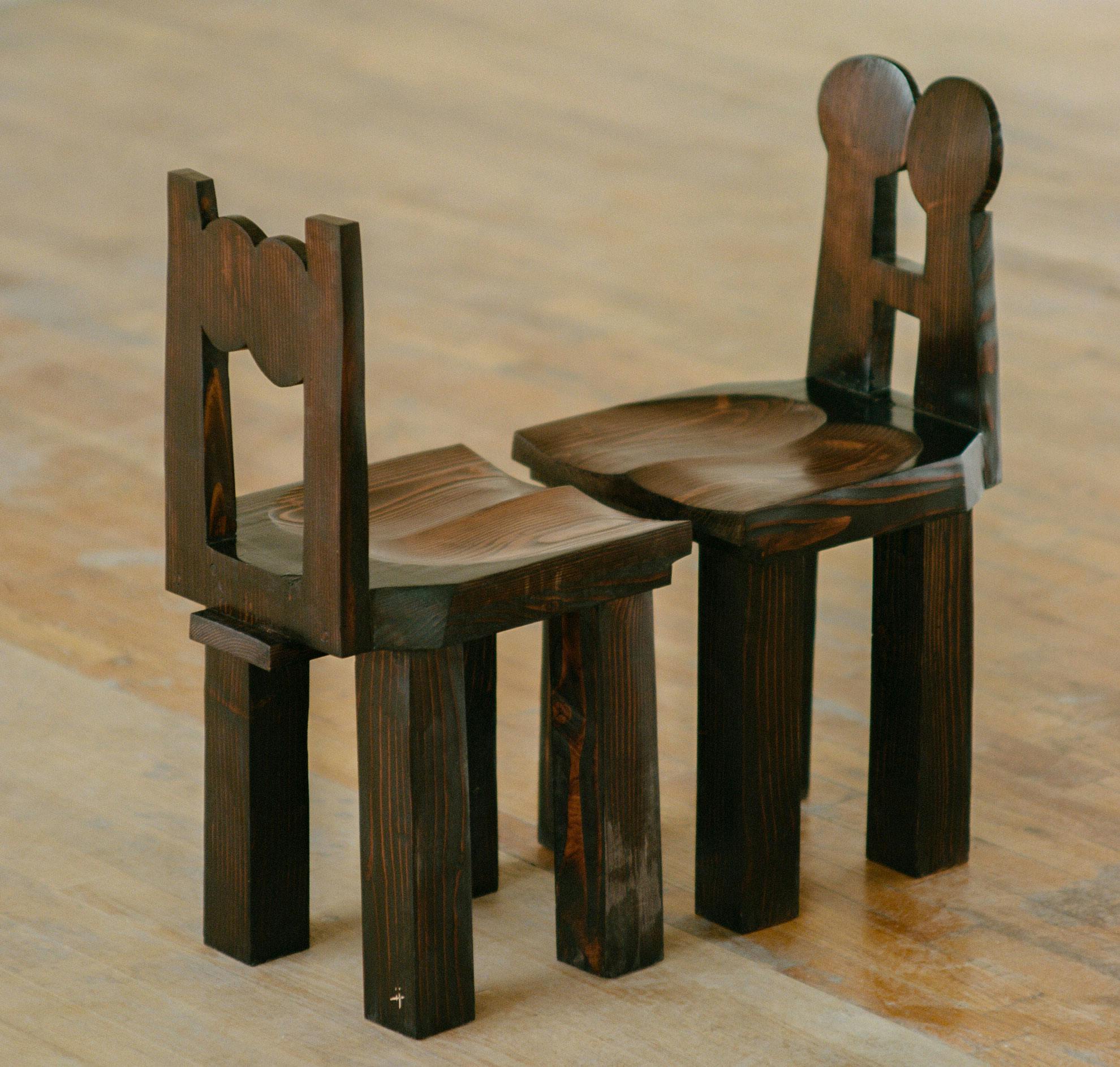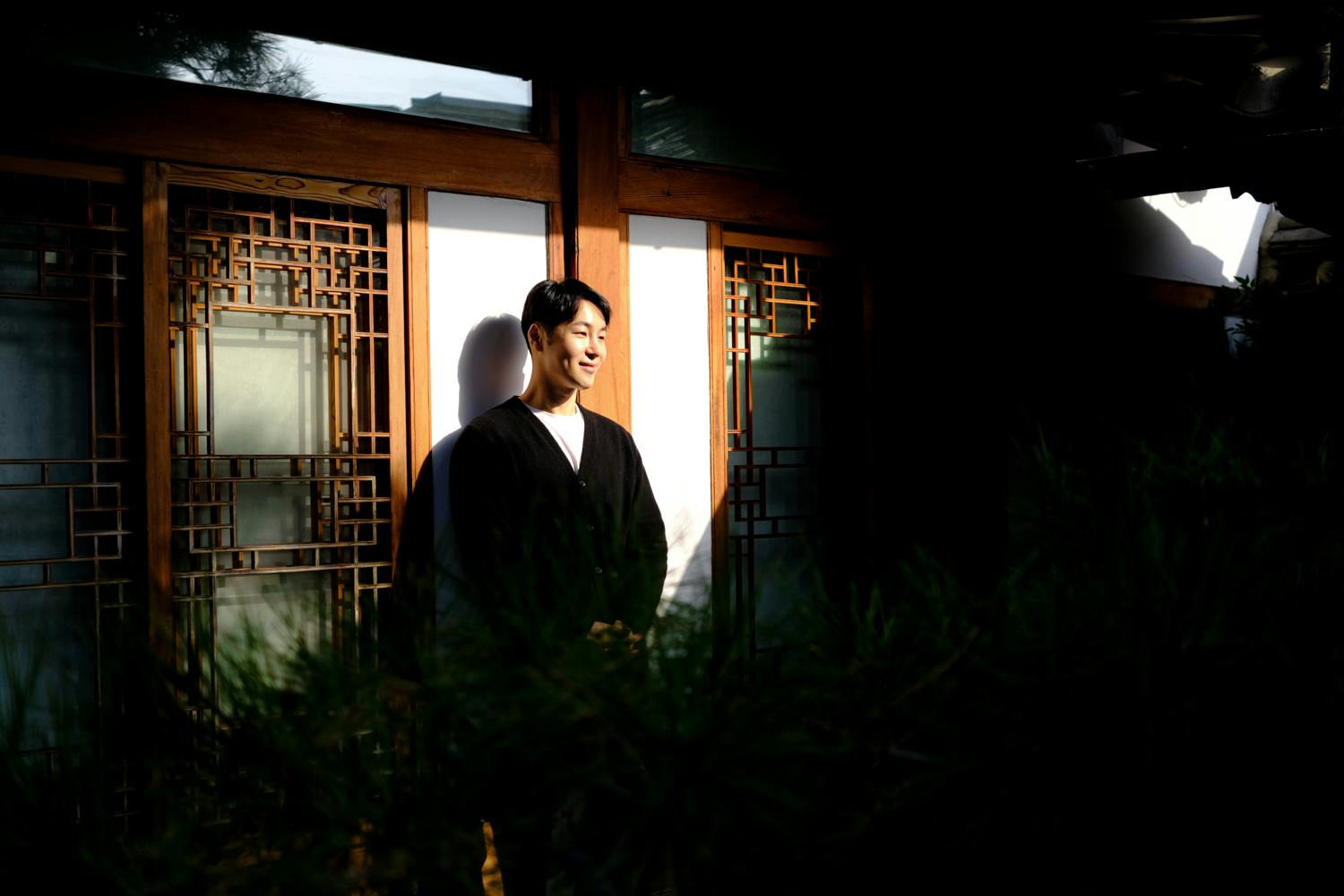
Studio Visit with Teo Yang
We do a home visit in Seoul, South Korea, with architect, designer and entrepreneur Teo Yang.
Living in a traditional 'Hanok Home' in Seoul's Bukchon Village, creative renaissance man Teo Yang both lives and runs his multidisciplinary creative practice from the historic home. From furniture design, interior architecture, writing short stories, developing skincare lines and working across several projects in creative direction – Teo keep's the red thread between all of his projects with a personal manifesto. In his own words: "Teo Yang Studio’s manifesto was about bringing traditional heritage and local content into the contemporary world."

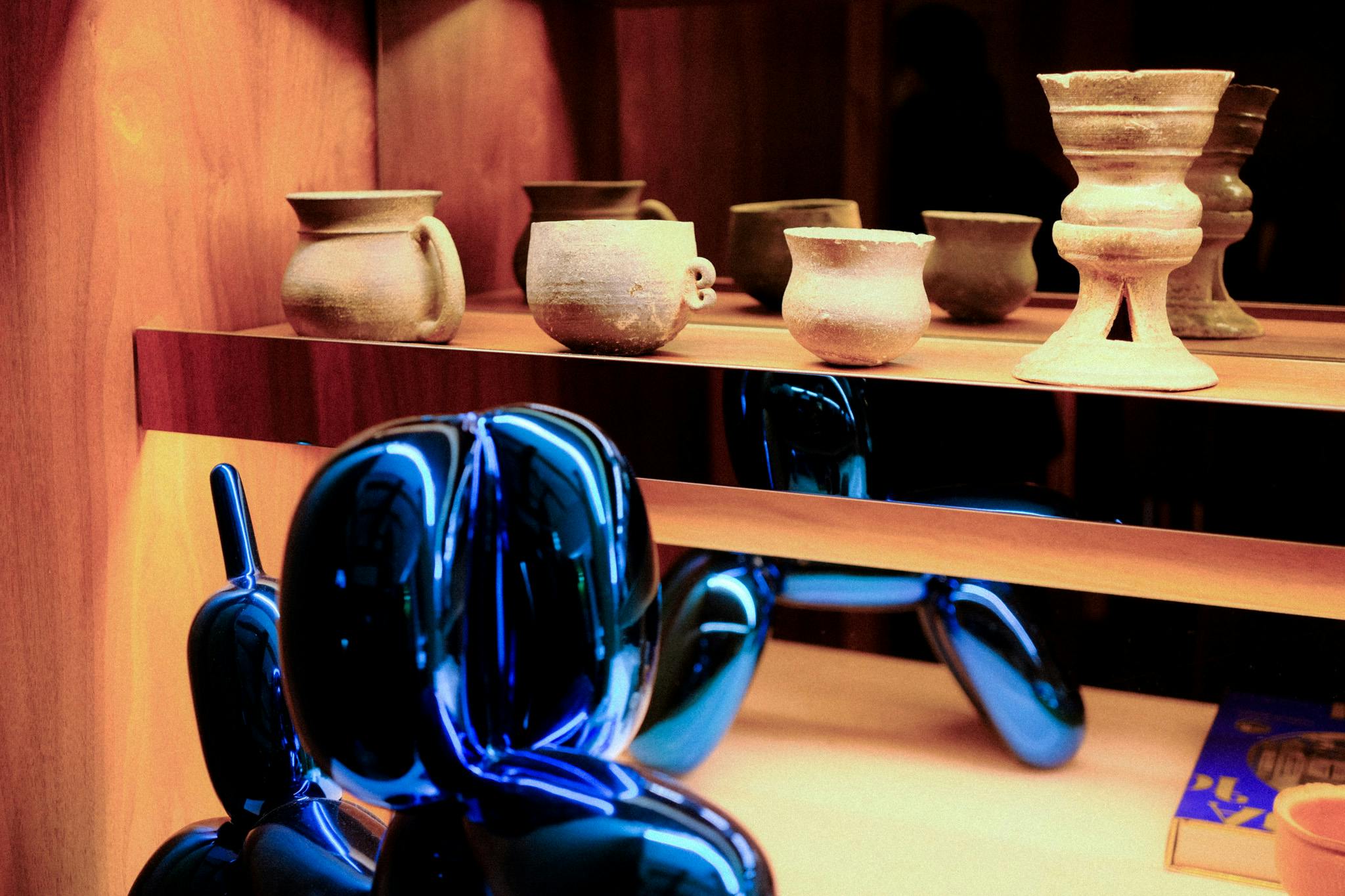
Kristen_ I heard that you digitally scan all these ancient Korean objects and artefacts to keep a record. Can you tell me more about that?
Teo_ I have a collection of data that I tried 3D printing on different materials such as resin, ceramics or plastic. Those original pieces were all made by hand. But now I’m creating a platform to share them with other people, museums, and designers.
I had never considered this obligation when collecting before. I think that it's a very humble way to go about it and also to care about the objects.
I have obligations towards every piece of artwork that I buy. I really want to know what I have, and I want to understand it before purchasing it. The artwork itself needs to be great for artists to grow, and artists need to have great philosophies as well as a good work ethic. But they also need to have a good gallery to speak for them [and contextualise their work] and put their artwork in the historical context so these can then go into a museum.
Furthermore, I think it's the collector's job to make the artwork shine. You need to be the promoter for the artist. I want to be part of a system that helps artists. And it's so much fun as well.
We hire old artisans who used to work in this neighbourhood (editor’s note: Bukchon Hanok Village). And lots of these people were involved in fixing furniture, but not anymore. Now they make small tableware for us at Eastern Edition and sell it through our brand.
So you sell these as well?
Yeah, we want to create a sustainable system to protect those traditional methods. Their high-standard process and technique really elevate our furniture. The level of quality and craftsmanship is way above that of mass production.
And are they all in the neighbourhood, or are they spread out in different parts of the country?
They all mostly live and have their space very close to here. There's a lot of cheap rent space in the underground basement.
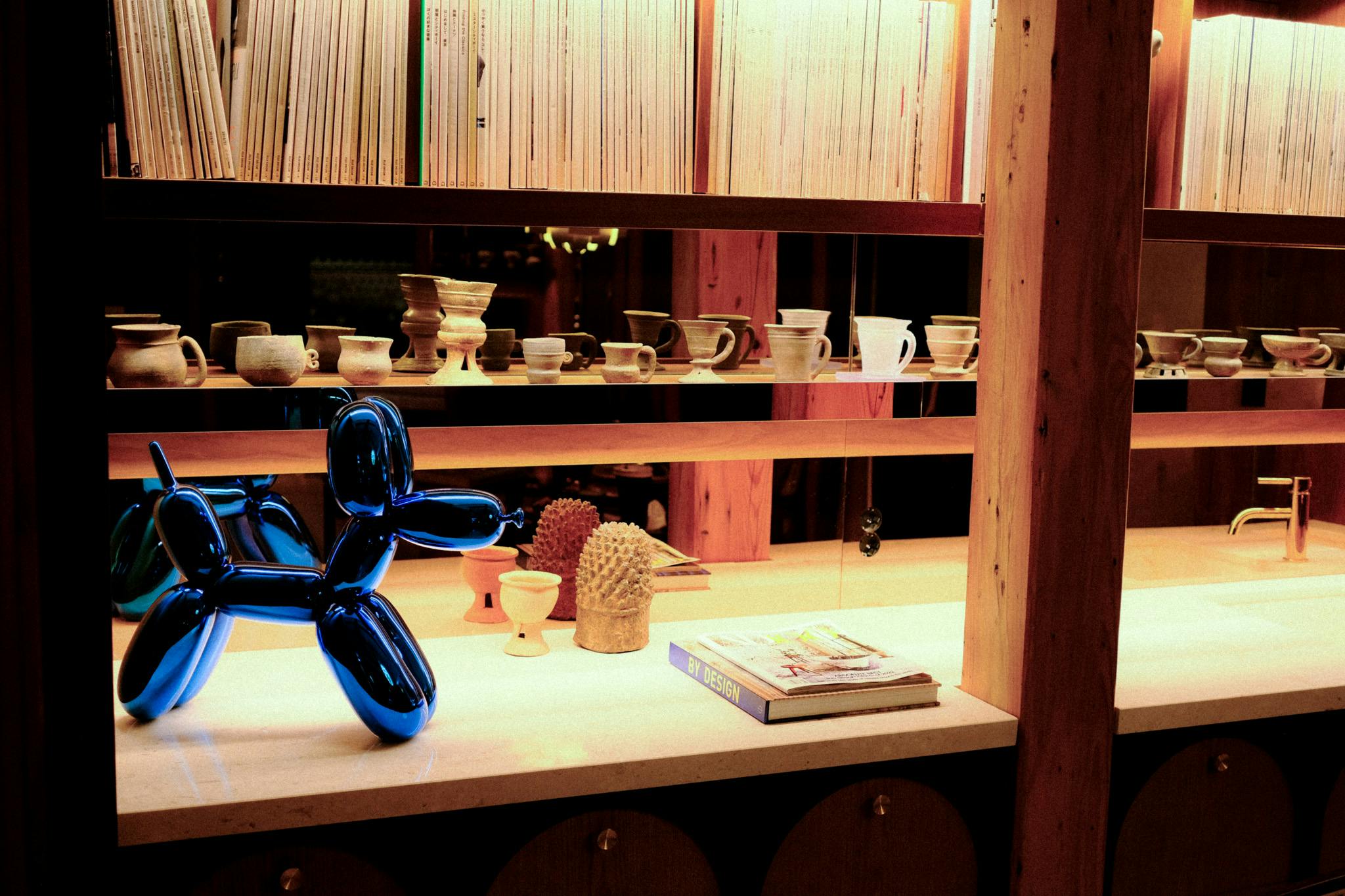
TeoYangStudio’smanifestowasaboutbringingtraditionalheritageandlocalcontentintothecontemporaryworld...Therefore,Idecidedtoabandonalltheprojectsthatdidn'tmatchthemanifesto.
Teo Yang
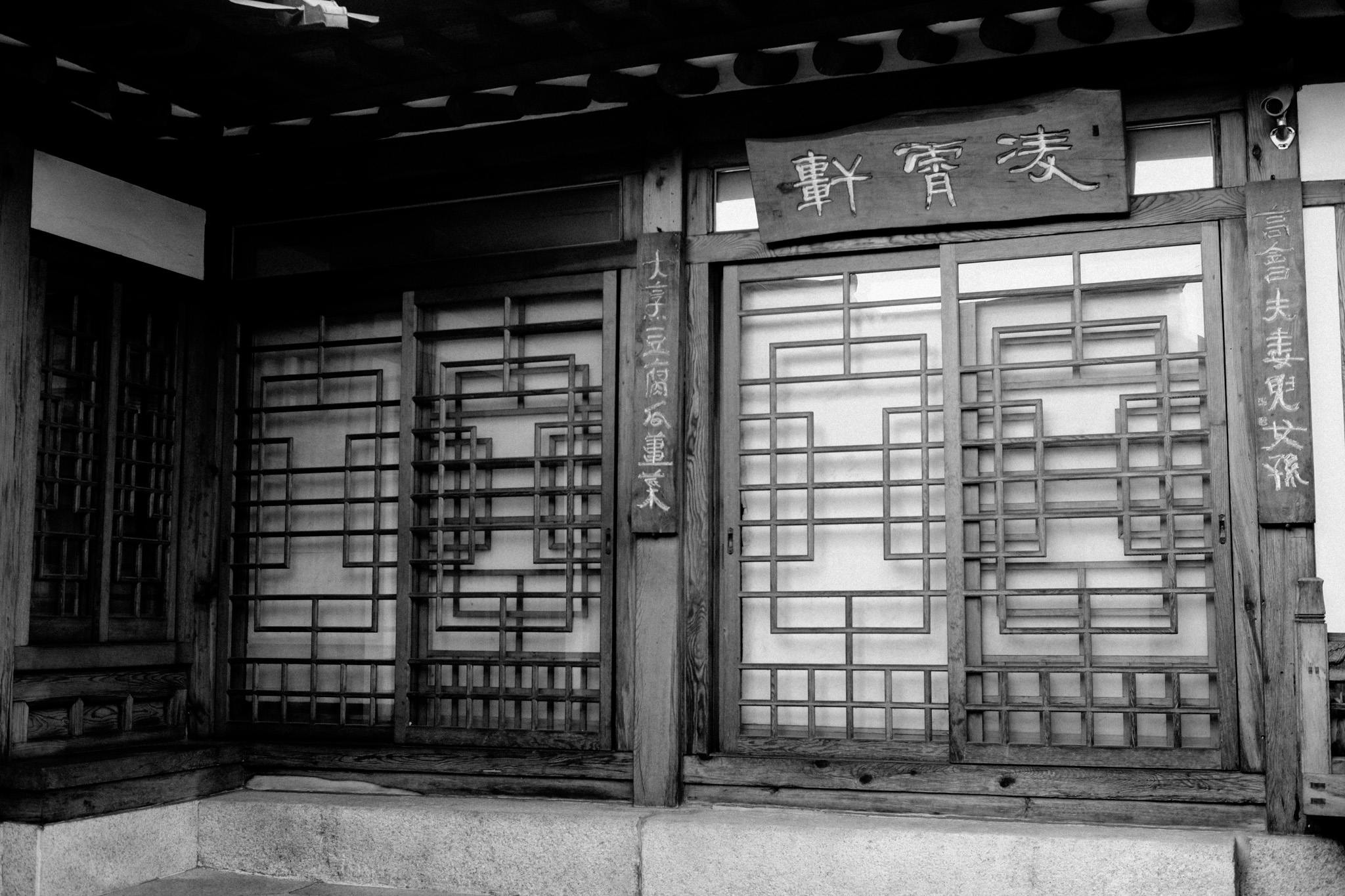
I have a friend who’s currently writing her dissertation about these basement spaces in Seoul, which is very interesting because they were made before or during the war.
They have a long history. They’re very cheap, and the working conditions aren’t the best. But we didn't want to take them out of their studios because that is where they feel most comfortable. Sometimes, we ask them to source a special wood for us, and they would pick out an old piece of furniture from their studio and turn it into a small piece of tableware. So it's so important for us to keep that method alive and help them make a living.
Definitely it's something that I've spoken about with designers in Mexico, too. So tell me more about Eastern Edition; how did you come up with the idea of what you're doing with it?
I think Eastern Edition also started with Teo Yang Studio.
Ok, let’s start from the beginning. Where did you start?
I studied Interior architecture at the Art Institute of Chicago, then Environmental Design at the Art Center in Pasadena before getting an internship at Marcel Wanders Studio. I worked for Marcel for a short period. It was great, but I decided to return to Korea to start my own studio, Teo Yang Studio. But it took some time for me to discover my manifesto. It’s when I moved to this neighbourhood that I saw how fast it was changing and how all this beautiful Hanok architecture was gone from one week to another, turned into a store or a coffee shop. I felt very sad that this old architecture was being tortured. I asked myself, is that the right way for the future?
Meaningful development is about knowing where to slow down, stop and look back. Teo Yang Studio’s manifesto was about bringing traditional heritage and local content into the contemporary world. And we've been focusing on that theme for twelve years now. But it wasn't easy to focus on one manifesto because we work alongside clients who don't always want a traditional space. But I didn't want to go back to just making a pretty space that doesn't even have a narrative or any meaning.
Art and craft movements like Bauhaus have always inspired me. I feel I have to be that great force, devoting myself and contributing to human growth. Therefore, I decided to abandon all the projects that didn't match the manifesto. It was hard financially, as you can imagine. But after eight years, people started to recognise that what we were doing in Seoul and Korea was meaningful and needed for our time. Many clients now consider us as part of a team, where we try to change society and create something meaningful. Now, I work in a more comfortable environment and have conversations with people. And that's not easy in Korea, especially because a lot of people are very shy when it comes to conversations and debates. So I think I'm very lucky, but it’s the manifesto that brought me here.
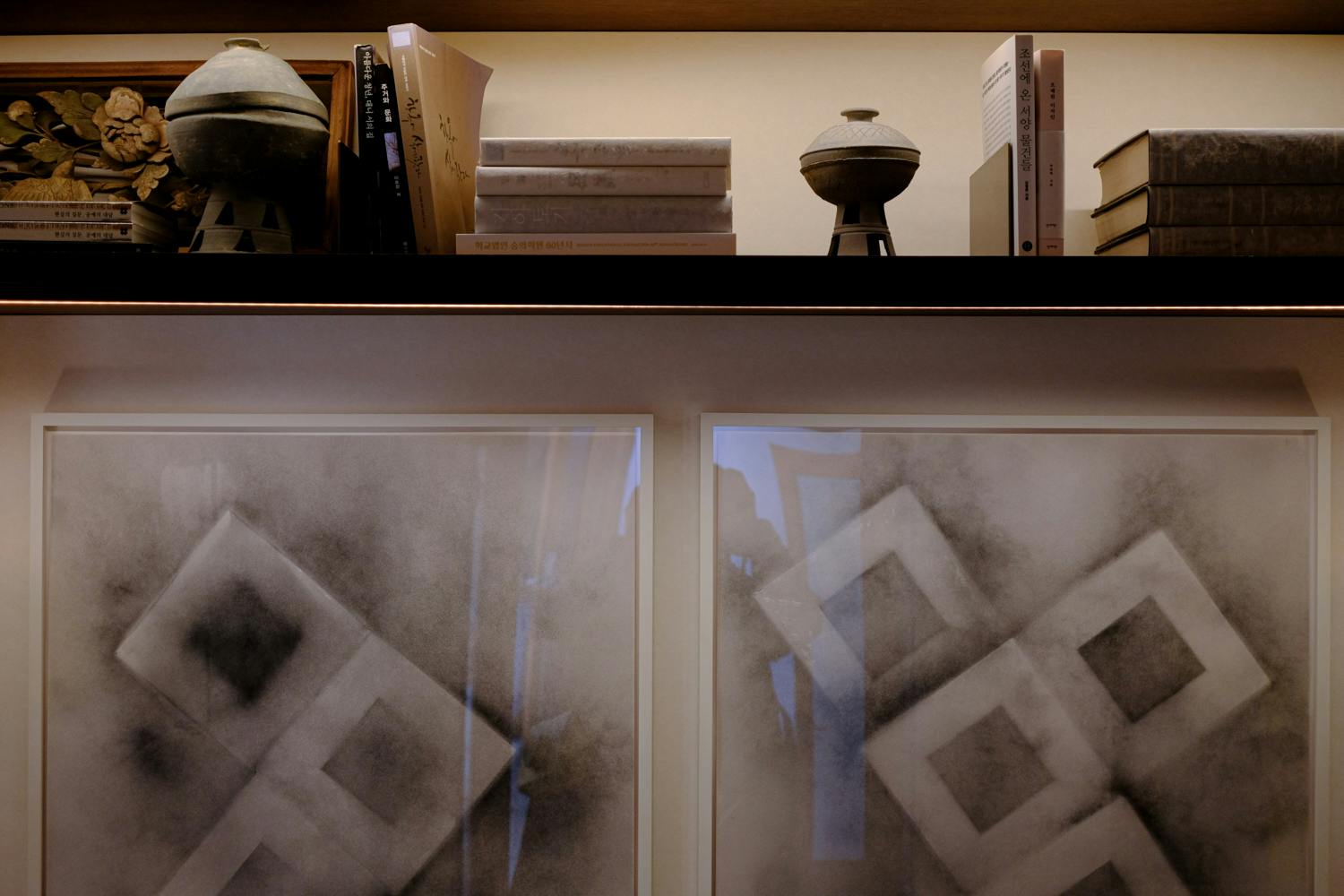

I guess it weeds out what's not important and answers the question: ‘Does this fit with our values’?
It becomes a great guideline of what we should or shouldn't do. I think we're a studio that is very true to the definition of design. We always think that design is a tool to discover issues in society and give cultural and beautiful solutions. So if we’re not doing that, it's meaningless, and we might just be creating beautiful trash. That's the last thing we want to do.
It’s such a great way of thinking.
Our approach is academic; we try to study intensively before we do something. I've always been asked about the aesthetic of Korea and my kind of philosophy in Korea. That's a very hard question to answer. Korea has a long history, different regions and all these different histories and dynasties with different aesthetics and philosophies. So I thought, let's take that chance to educate people through a beautiful brand that could talk about the philosophy of Korea that I love so much.
And that period is the end of the Chosun dynasty, which had a philosophy and aesthetic named “Moomi (무미)”. Moo(무) can be translated as emptiness and Mi(미) Moomi (무미)”. Moo(무) can be translated as emptiness and Mi(미) as beauty. So, it could be translated as the beauty of emptiness. It was an era in which a lot of people looked for the essence of things. Like the Goryeo dynasty before, Chosun was very decorative, with many, many colours and a lot of different shapes and forms. But then they really tried to abandon the meaningless things; they erased colours, forms, and all these decorative things. They would even cover whole rooms, so you're just inside a white space and only placed very nicely curated books. I thought that was such a beautiful way of understanding who you really are. I think that trying to get the physical world to line up with your thinking, trying to create a balance between mind and body, was so beautiful.
Eastern Edition is based on the Philosophy of “Moomi”, the beauty of emptiness, so we don't create a lot of decorative things but focus on the materials that we get in nature and tweak them just a little bit to create beautiful furniture that could speak with the space.
We started with Moomi, Chosun dynasty philosophy and aesthetics, but we wanted to discover more of what Asia had to offer. So we could move on to Wabi-sabi or travel to Malaysia, Bhutan and discover the beauty of their aesthetics, translate that into furniture or tableware or even small home accessories and share it with the world. We always tell people that Eastern Edition is not the end of the project; it’s a tool to enhance people's lives in a better way.
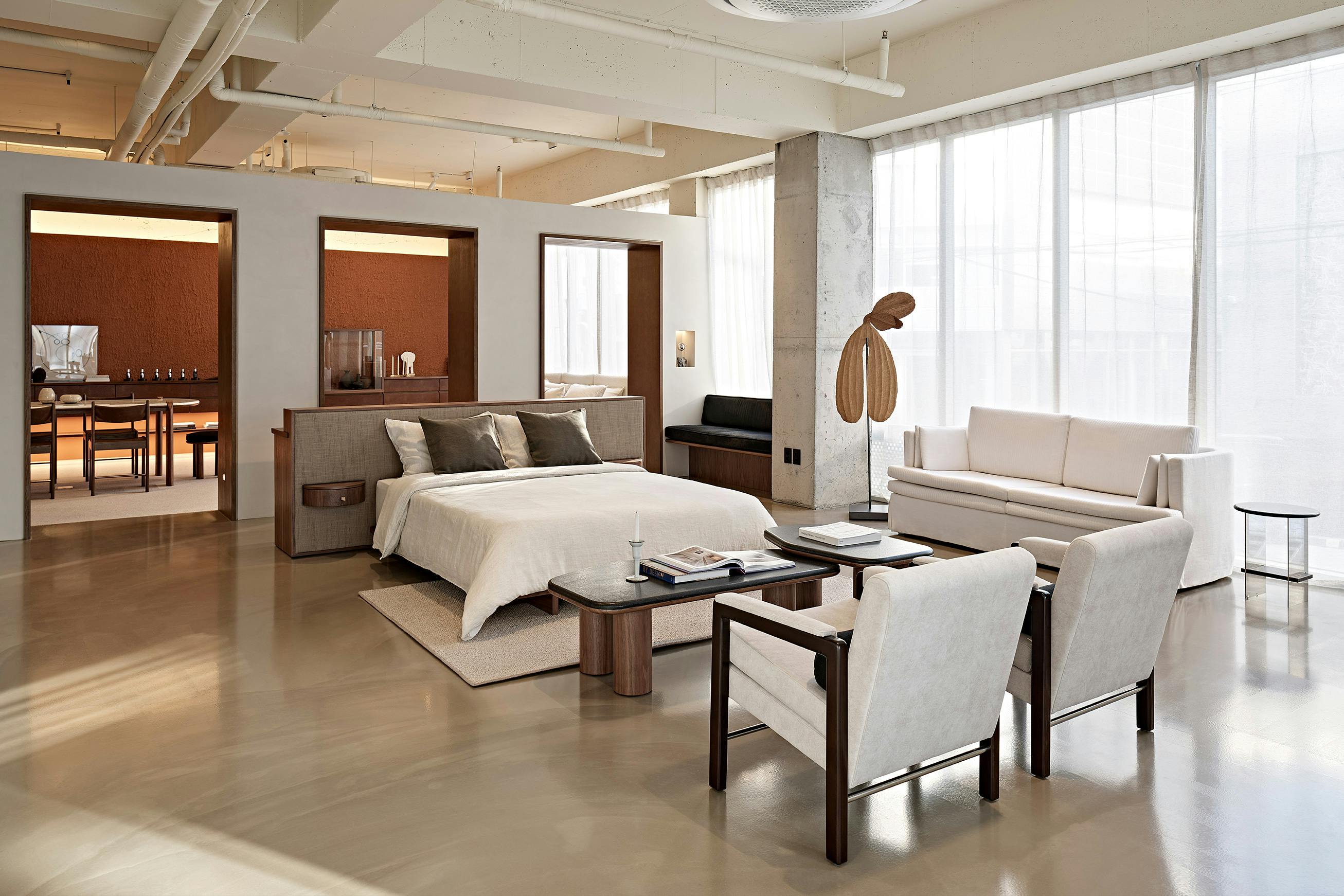
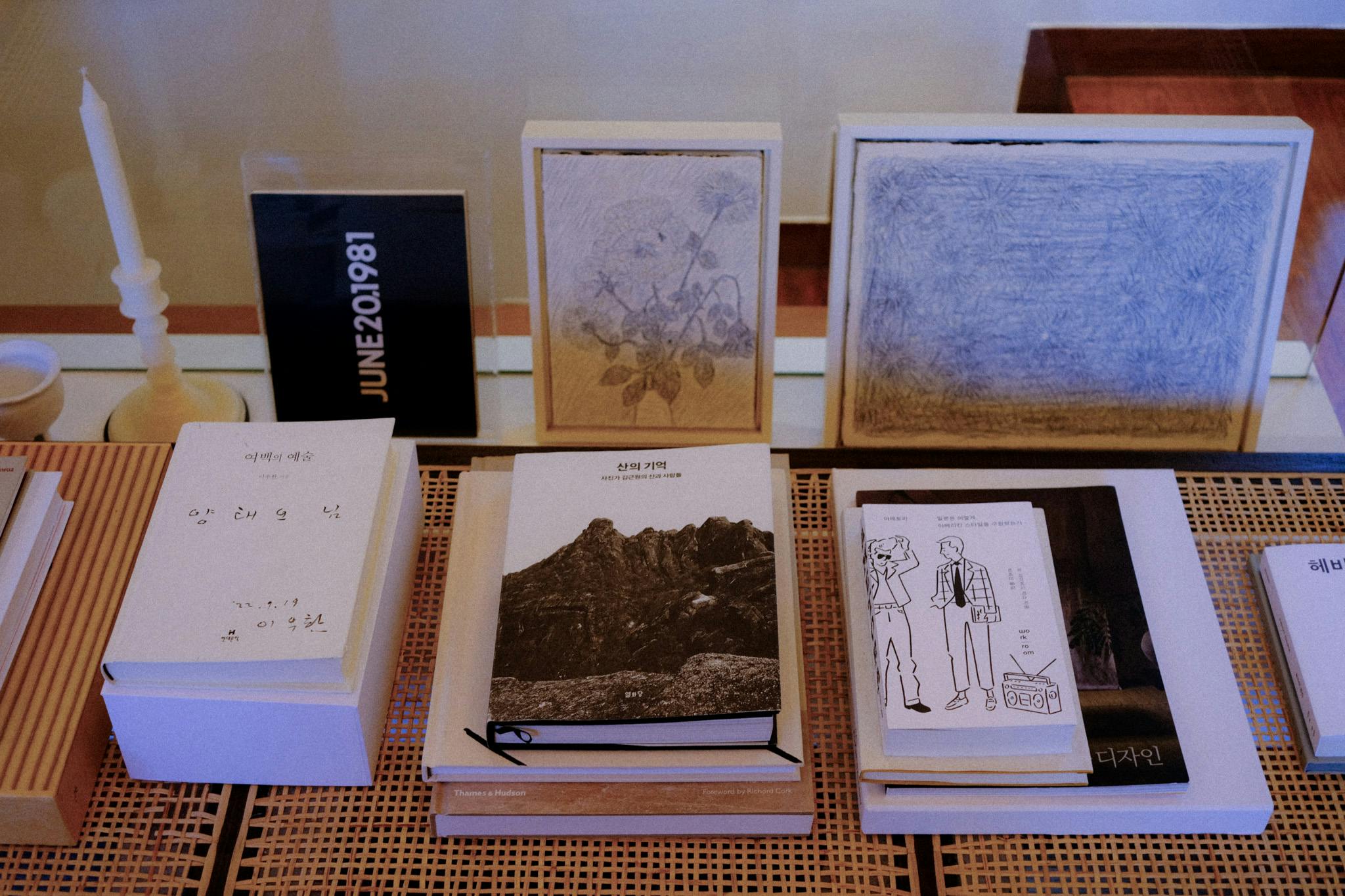
I do crave and thrive having a more empty and natural space.
A lot of scholars and philosophers tend to line up their minds with the kind of space they live in. So, lots of them, even monks in Korea, tend to empty out the space and even be very selective with the books they put in.
You are coordinating your space to your mind. You know, some people take a house or room as a tool to cultivate themselves. So they're just eliminating all these obstacles from that room, really making it into this portal to the mind. I think it’s fascinating and beautiful.
I started thinking about this because when I was looking for a house, the real estate agents showed me a couple of traditional houses in this neighbourhood. And it was fascinating to know that they all had names. So, I started to read about what they meant. And the name of the house represents the manifesto of the people living in the house. So, adding the name to the architecture adds a different meaning.
For instance, this house is named Chung Song Jae, which means ‘green pine tree house’ which symbolises never changing respect, sometimes never changing attitude or never changing your work ethic towards something. So you're constantly reminded not to forget about your work ethic or respect, as the house is a tool for meditation and to enhance yourself.
And you know, we used to sit on the floor, and now we're all sitting on chairs. So we talk about the transition of our lifestyle with our furniture. The cushion and floor mats were such important objects for us because you not only rested on them but you would sit on them for hours and hours reading books, meeting people and entertaining guests. It was a symbol of hospitality. We then added legs to the cushion and turned it into a stool.
After creating Eastern Edition, I was so fascinated with the future. So that's how I came up with the perfume brand called Sinang. “Si” means time, “Nang” means pouch. It's a time-travelling machine. The term “Sinang” appeared in a very old novel, one of the first Sci-fi novels in Korea, with a scholar travelling to different time zones and locations. He was trying to understand who he was, the human race, and how the world works. I thought that was so beautiful and fascinating as I'm also trying to understand the world as a designer. And you know, we always have to think about the past, the present and the future and what I'm trying to do with design is tackle social issues and provide beautiful solutions.

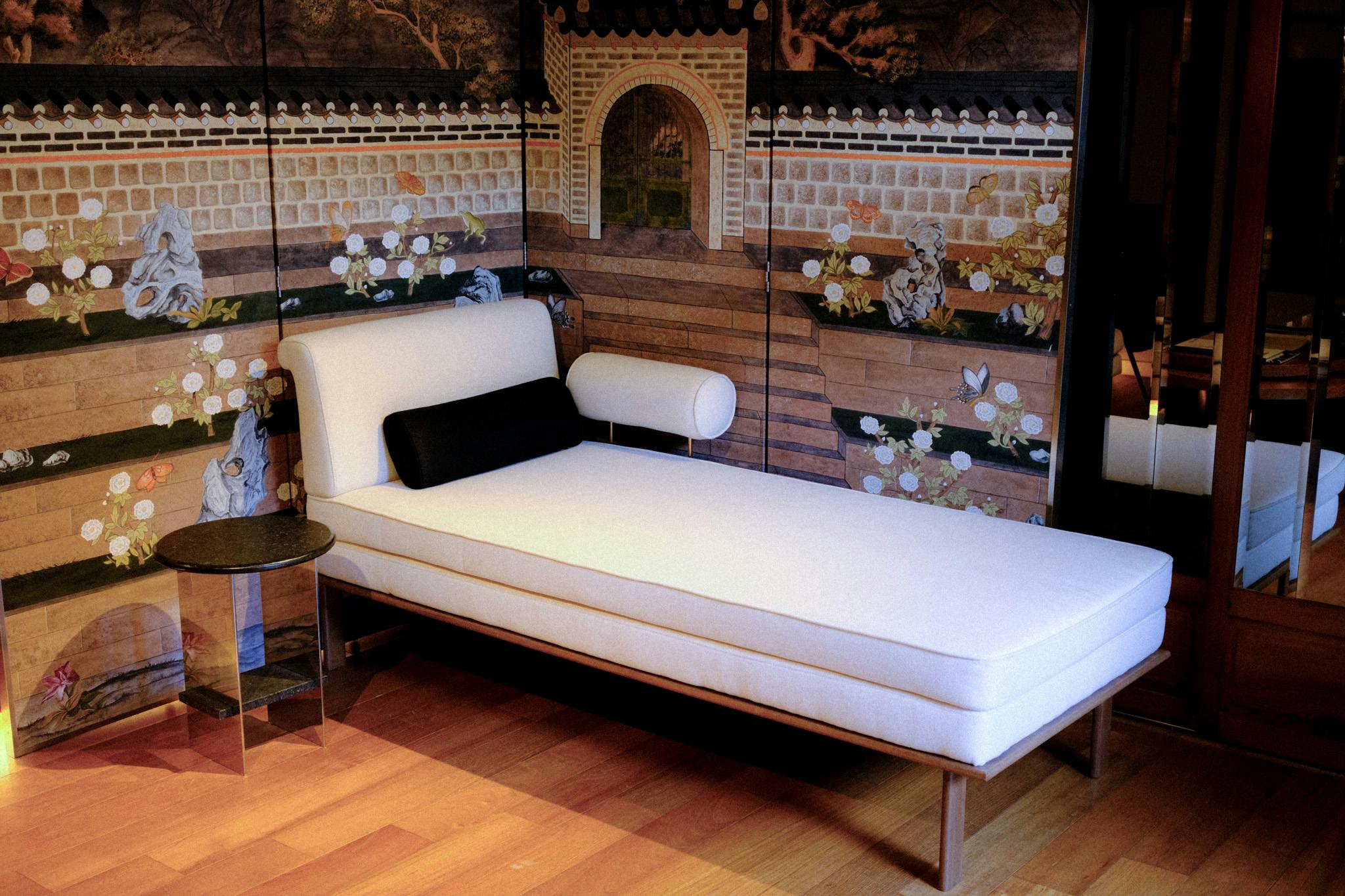
So, during Covid, I wrote six very short Sci-fi fiction stories. There’s one about the Earth not being habitable anymore, so people are moved to the moon, living underneath the craters with water and oxygen. But they miss nature so much that they use the universe's trash to create trees and flowers. They also create artificial scents to spray on them to mimic nature. And that scent is called Artificial Nature.
I love that.
We also have a story about Vera Rubin. She was one of the scientists that I found while I was doing research on this topic. She was one who discovered the dark matters of the universe. She should have won a Nobel prize, but she didn’t because she was a woman. So, she passed away without getting recognition for everything that she did.
We have a scent called Savoy Apartment. It’s about the 60s cultural revolution. This is actually named after one of the Art Deco apartments that was built in 1910 in Shanghai’s French concession era. Our time traveller actually goes to that era of Shanghai. Then the war breaks and everyone’s trying to escape from the war, and he captures and documents that moment with this scent.
What a storyteller! I had no idea of the depth behind this project.
Thank you so much. I want people to think about even the perfume; this could be a great tool for us to think about the future because history repeats itself.
I love the fact that you’re finding such interesting ways to tell these stories in such unconventional ways, whether it’s through interiors, furniture, scents…
That used to be the rain collector. Koreans didn't usually plant trees in the middle of the garden. It’s a very modern thing to do because you didn't take the tree away from the mountain; it was like taking the child away from the mother. A lot of the houses were built in front of the mountain, so you didn't need to have a garden as the whole world around became your garden. There were some pagodas with four huge wheels, so they could drag and place them in the most beautiful scenery and enjoy it that way.
What is this screen?
French brand De Gournay came to our studio a few years before the pandemic, and they wanted us to design the Korean Collection for them. They decided to use all of the paintings that they had and turn them into wallpapers and fabric.
They actually use Indian tea paper, a very thick seven-layer paper. They have a team in China where all the artists hand-paint every wallpaper; it’s custom-made. They use gold leaf, platinum leaf, and all these amazing materials.
This is the De Gournay, and this is their wallpaper. They hand-painted and embroidered precious beads to create their wallpaper, which is just amazing. Their devotion to craftsmanship is just beyond... I can't even imagine.
It’s amazing that they're keeping it alive because there are so many master craftsmen that don't have work anymore in France.
They came to Korea for this wallpaper. They sent their artisans to come and learn. Not many manufacturers do that.
They're really dedicated. This is something I love about the French; they take savoir-faire very seriously.
Very seriously.

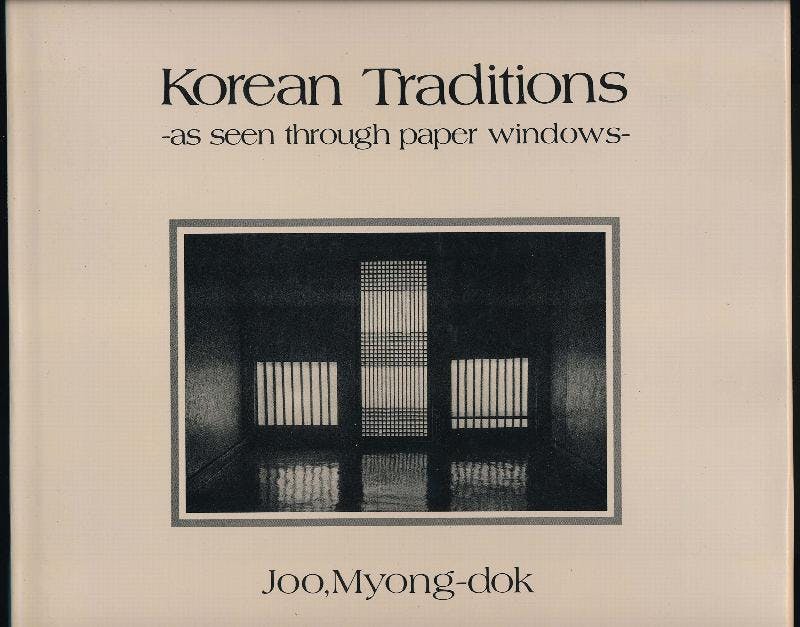
I noticed that a lot of the Hanok homes have a plaque with a ‘name”, can you tell us more about this?
All of them have really great meanings. I believe they put a lot of time into deciding which name to have.
So, did you choose the name of your home?
No, it was there already, and they don't change the names once it’s built. Most of these houses are handed down from one generation to another.
What a pleasure to have a home library; this is my dream. What is one of your favourite books in your extensive collection here?
I love this book by Joo Myong-dok. He's one of the most famous photographers in Korea. He also took some very beautiful photos of Korea. This was first printed in 1981, almost 40 years ago.
Here are the old temples and how they used to meditate and the old architecture. And I love this scene. It feels like water, doesn't it?
Is it not water?
It's not water. It's a lacquered painted floor.
Have you ever made one of those in one of your projects?
No, not yet. Lacquer is so expensive these days, but this is the cover of the book, and it's so beautiful how it shines. I love reading these old books and looking at these old photographs of Korea.
Korea and the winds?
Korea and Wind in My Mind by Fujimoto Takumi. So he's a Japanese photographer who came to Korea in the 70s. I always use this in my presentation slides, to show how much we have changed compared to how we're living now.
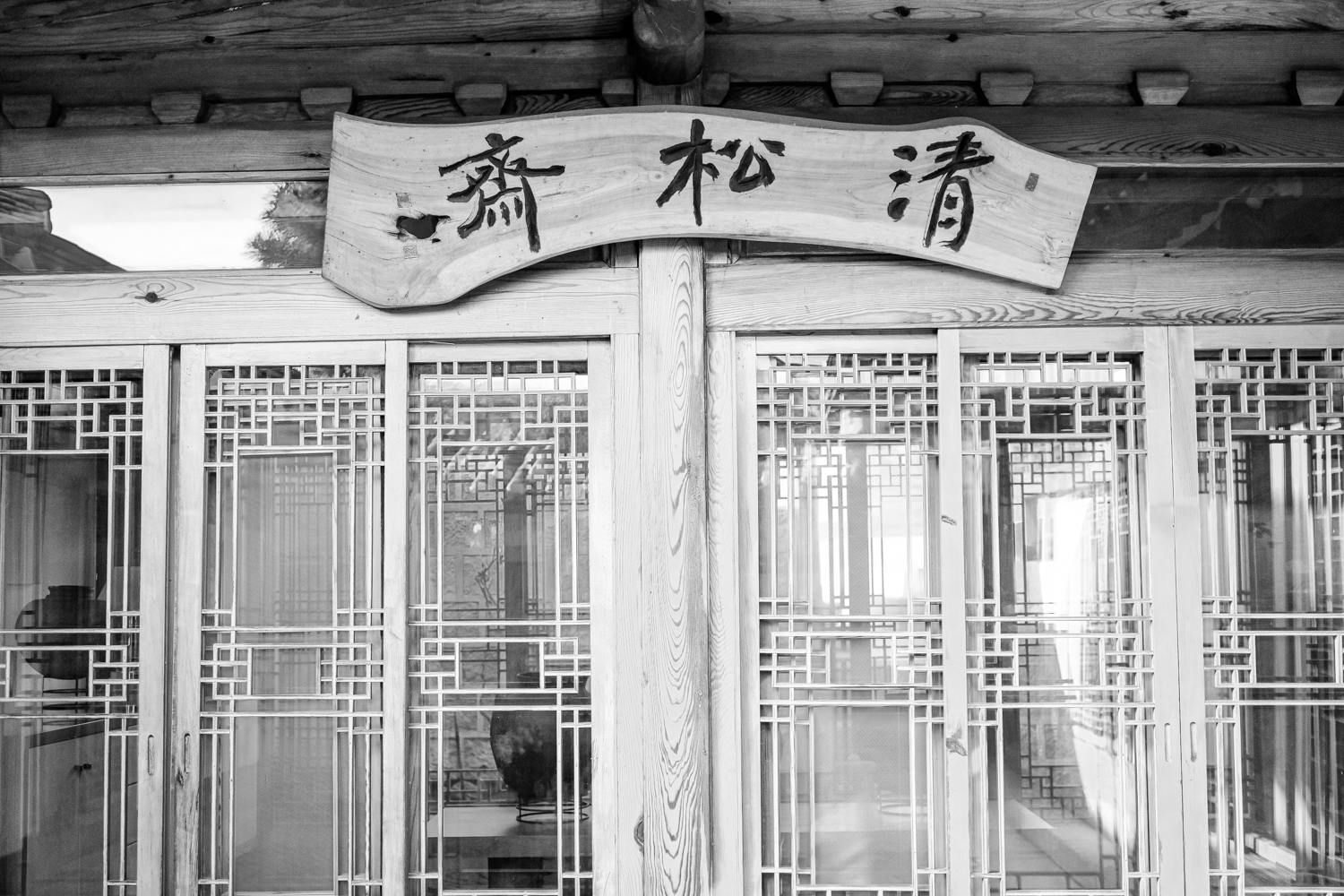
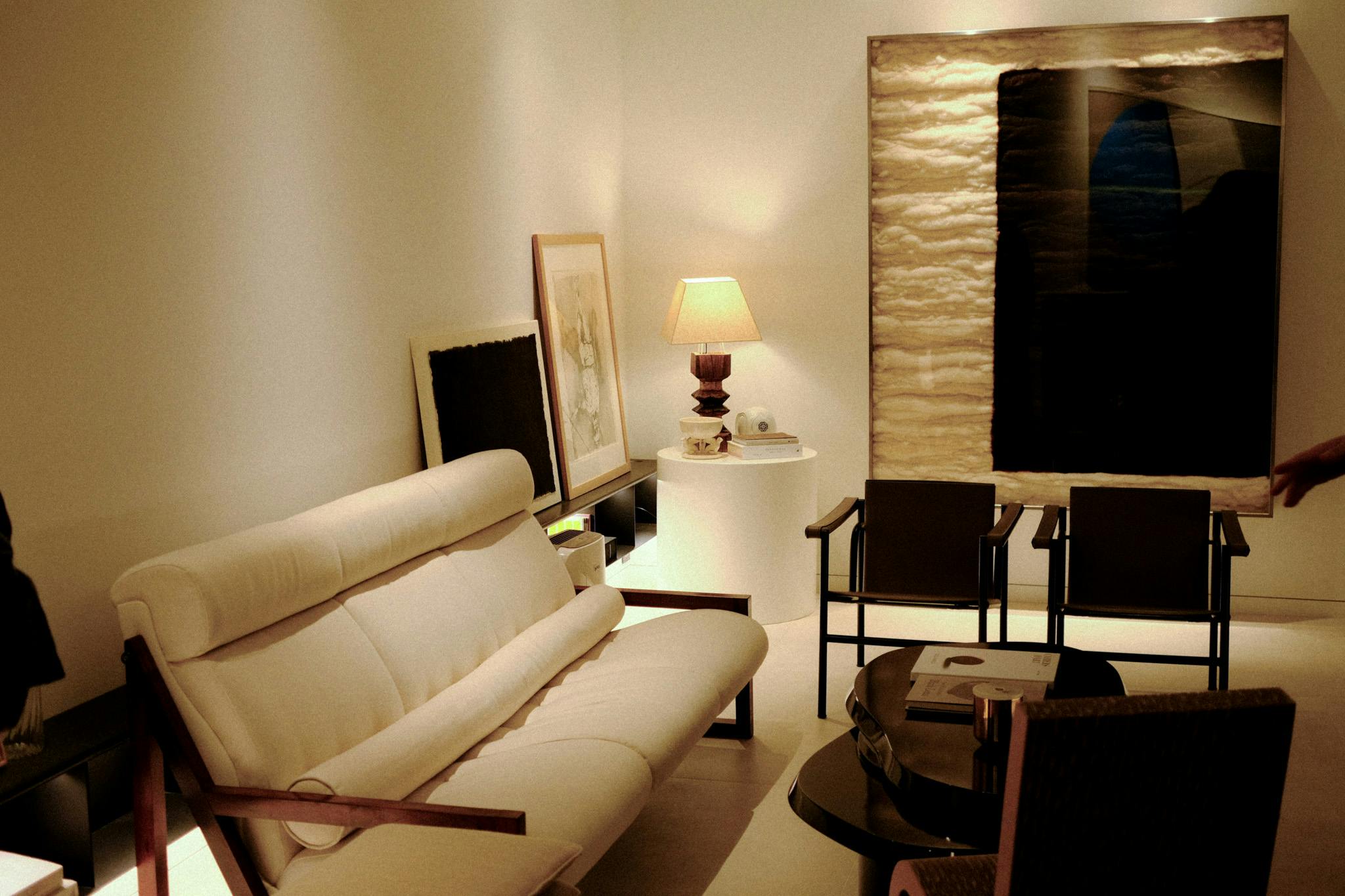
Can you tell us about some of the pieces in your home?
I actually made this lamp from the wood that I had left after remodelling this house. I couldn’t throw it away because this wood has been holding up this house for 100 years.
I love the idea of preserving a part of the home. This is one of the most incredible houses I've ever visited.
And this is by Eastern Edition. This was the first prototype that we made using black lacquer. I was always so fascinated with the rocks that we found in the riverbeds. So we got the shape from the rock, and we turned it into this coffee table.
That's one theme I've seen in Korean design that I really love. A lot of Korean designers and contemporary pieces affect nature somehow, or their starting point is nature.
Even in the 50s and 70s, more people were living in the suburbs than in the city. It’s only very recently that people started living in the city, and I think there's this longing for nature.
I have this book called If Walls Could Talk, an intimate history of the home. It’s the history of the Western home, mostly through the UK, and how the different rooms came about and their functions. Something they talked about is that when people started living indoors in Europe, the ornaments always had to do with nature because it’s natural for humans to want to be surrounded by nature. So wallpaper, fabrics, everything always had to do with flowers and trees and ornaments.
Yeah, this is the first art piece that I purchased when I was in school. I was at the Whitney. I saw Kiki Smith's piece as an edition. I kept it, and it's all hand-sewn. You have the black crow symbol. It was a small edition pillowcase with only twenty-five made. I posted this on my Instagram once, and I got so many messages from people who wanted to purchase it.
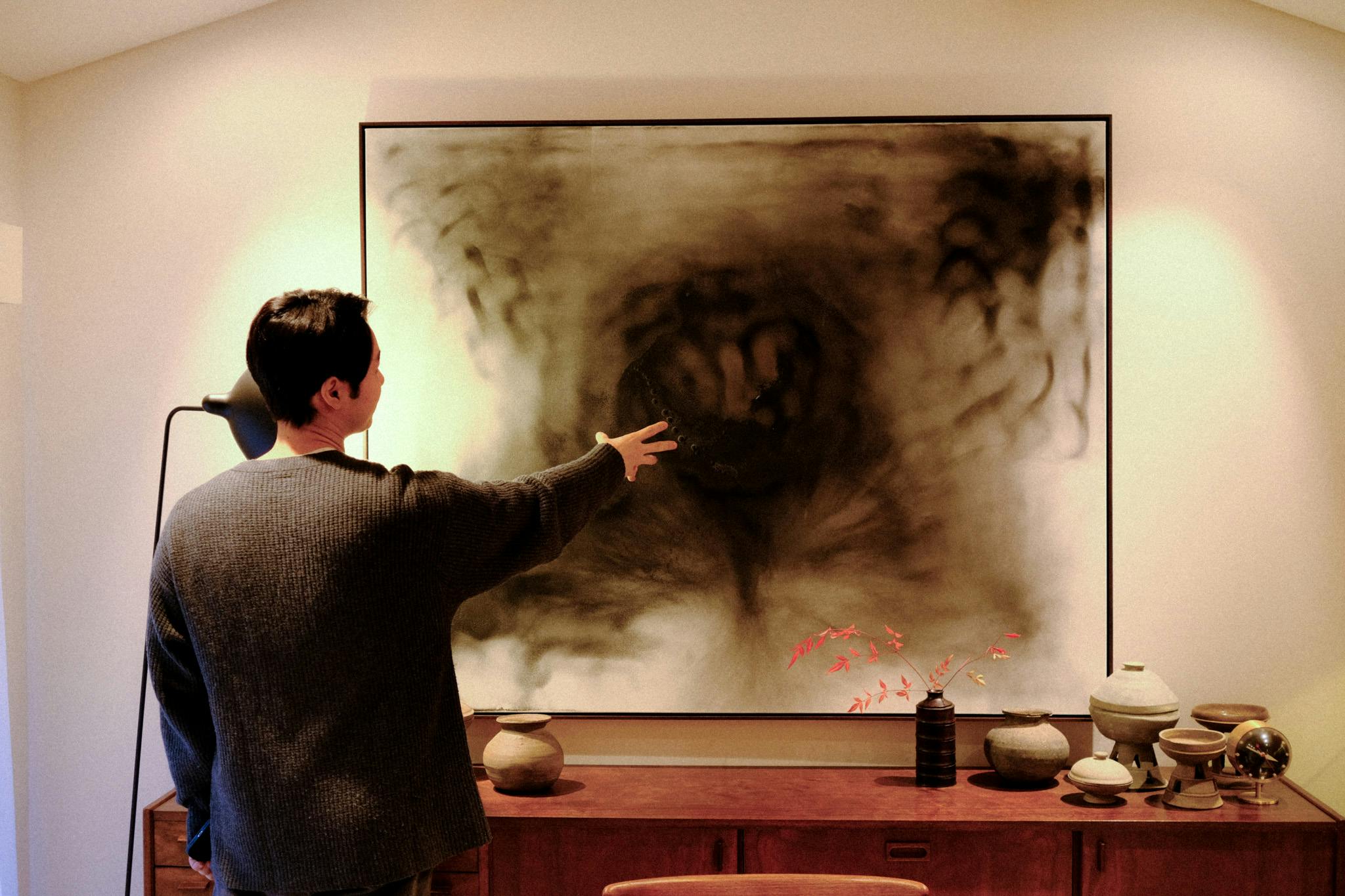
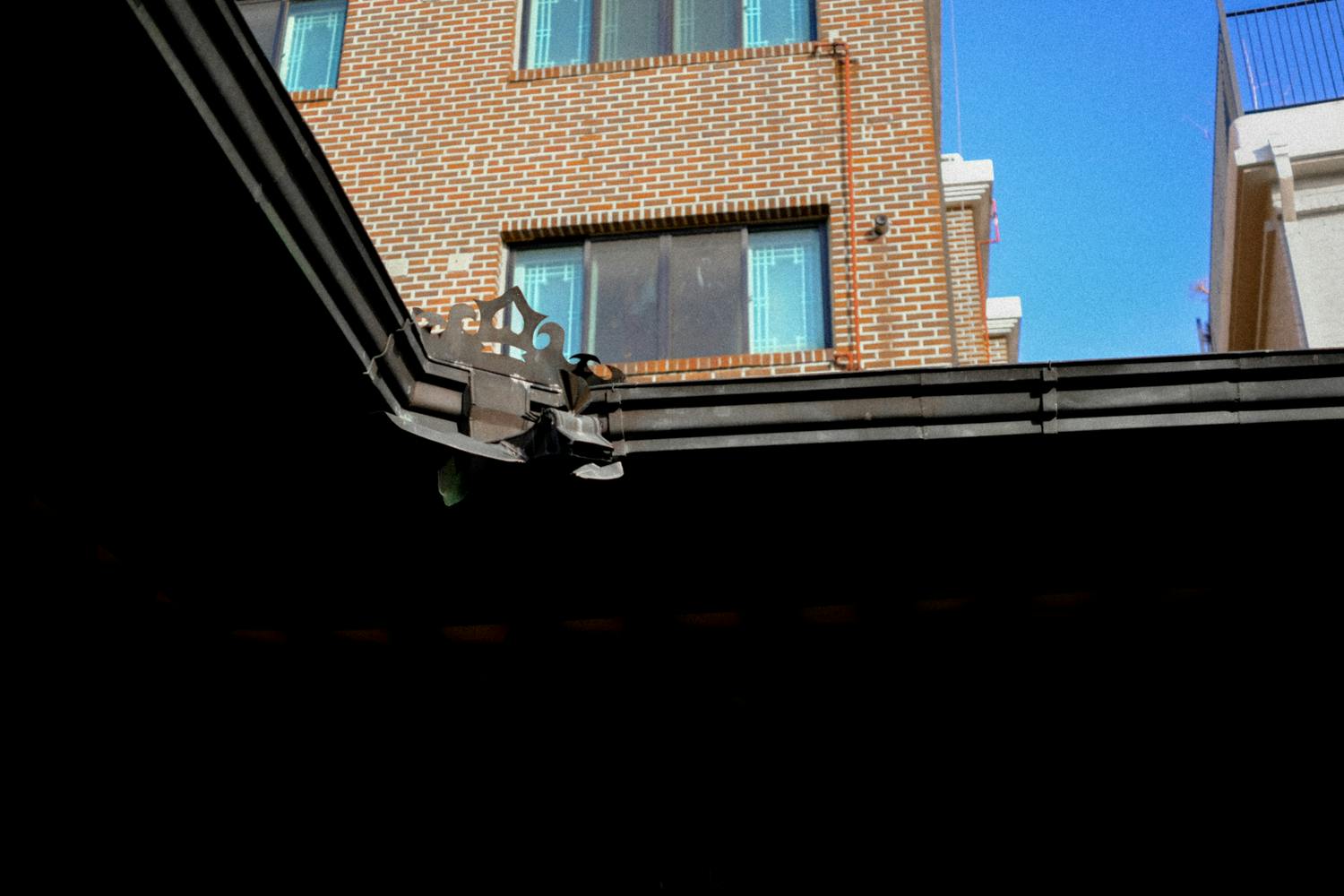
You are so well-read and versed in Korean history and interiors, do you have an anecdote about how interiors were approached in the past in Korea?
We have a very special kind of painting called Chaekgeori(책거리). The main subject is books. Like I said at the end of the Chosun Dynasty, books were the most fancy decorative objects in the house, so you have to be very careful about what you put in the room. It shows your interests, social status, education and even what kind of wealth you have. They thought books were the only noble way to show your wealth.
You also have many historic Korean artisanal objects around your home.
I love using crafts at home. I'd rather purchase one made by artisans, and when you buy those objects, your attitude towards the object changes. You have respect for it and get engaged in it.
I completely agree with you. I always try to purchase something made by a local designer when I travel. And it’s also about helping support their practice.
That is the only way crafts could survive, by people using them.
Yes, there are so many great creators. It’s so much fun to discover them and learn so many things through them.
When you purchase a piece, you know who you're supporting, and you have the story to pass on to the next person. And also that's what I envision with these studio visits with say hi to_, telling the stories of people to a broader audience, what goes on behind the scenes and the people behind the work.
And all the diversity of ideas is so important.


